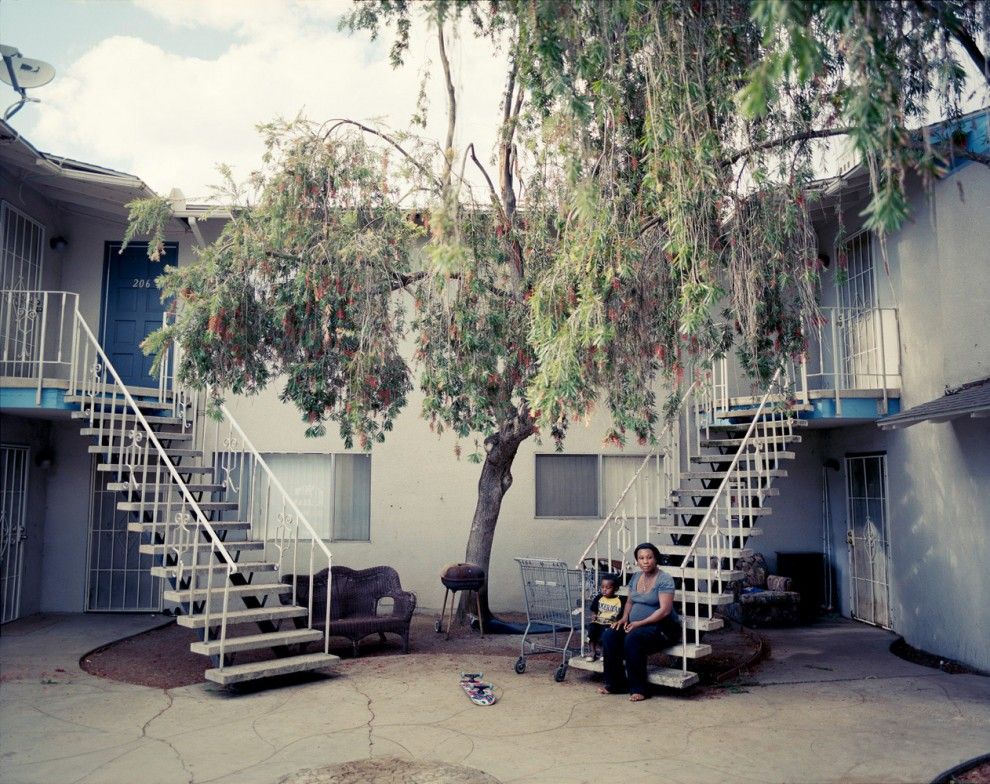 Joakim Eskildsen has shot a stunning, yet sad and illuminating photo essay titled 'Below The Line: Portraits of American Poverty' showing the poverty of America right now, with some startling imagery and text to shine a light on some on the lower end of the American financial crises, and how it has effected the poor.
Joakim Eskildsen has shot a stunning, yet sad and illuminating photo essay titled 'Below The Line: Portraits of American Poverty' showing the poverty of America right now, with some startling imagery and text to shine a light on some on the lower end of the American financial crises, and how it has effected the poor.
The following text was written by TIME: "In 2010, more Americans lived below the poverty line than at any time since 1959, when the U.S. Census Bureau began collecting this data. Last January, TIME commissioned photographer Joakim Eskildsen to capture the growing crisis, which now affects nearly 46.2 million Americans. Traveling to New York, California, Louisiana, South Dakota and Georgia over seven months, Eskildsen’s photographs of the many types of people who face poverty appear in the new issue of TIME. Eskildsen, who last visited America in 1986, says the poverty crisis was a side of the country he’d rarely seen in the media in Berlin, where he is based. “For Europeans living outside of America, it’s a mythical place because we’re breastfed with all those images of Coca-Cola and American culture,” Eskildsen says. “It was very heartbreaking to see all kinds of people facing poverty because many of these people were not only economically poor, but living in unhealthy conditions overall.”
Eskildsen was also surprised by how pervasive poverty is in America. “Once you start digging, you realize people in poverty are everywhere, and you can really go through your life without seeing them before you yourself are standing in the food stamp line,” he says. “So many people spoke about the disappointment of the American Dream—this, they said, was the American Reality.” In the accompanying magazine story, Barbara Kiviat argues that “there is no single archetype of America’s poor,” and that “understanding what poverty is in reality—and not in myth—is crucial” to efforts to erase the situation. Perhaps equally as crucial is the effort to put a face to the statistic, which Eskildsen has done here in haunting detail."